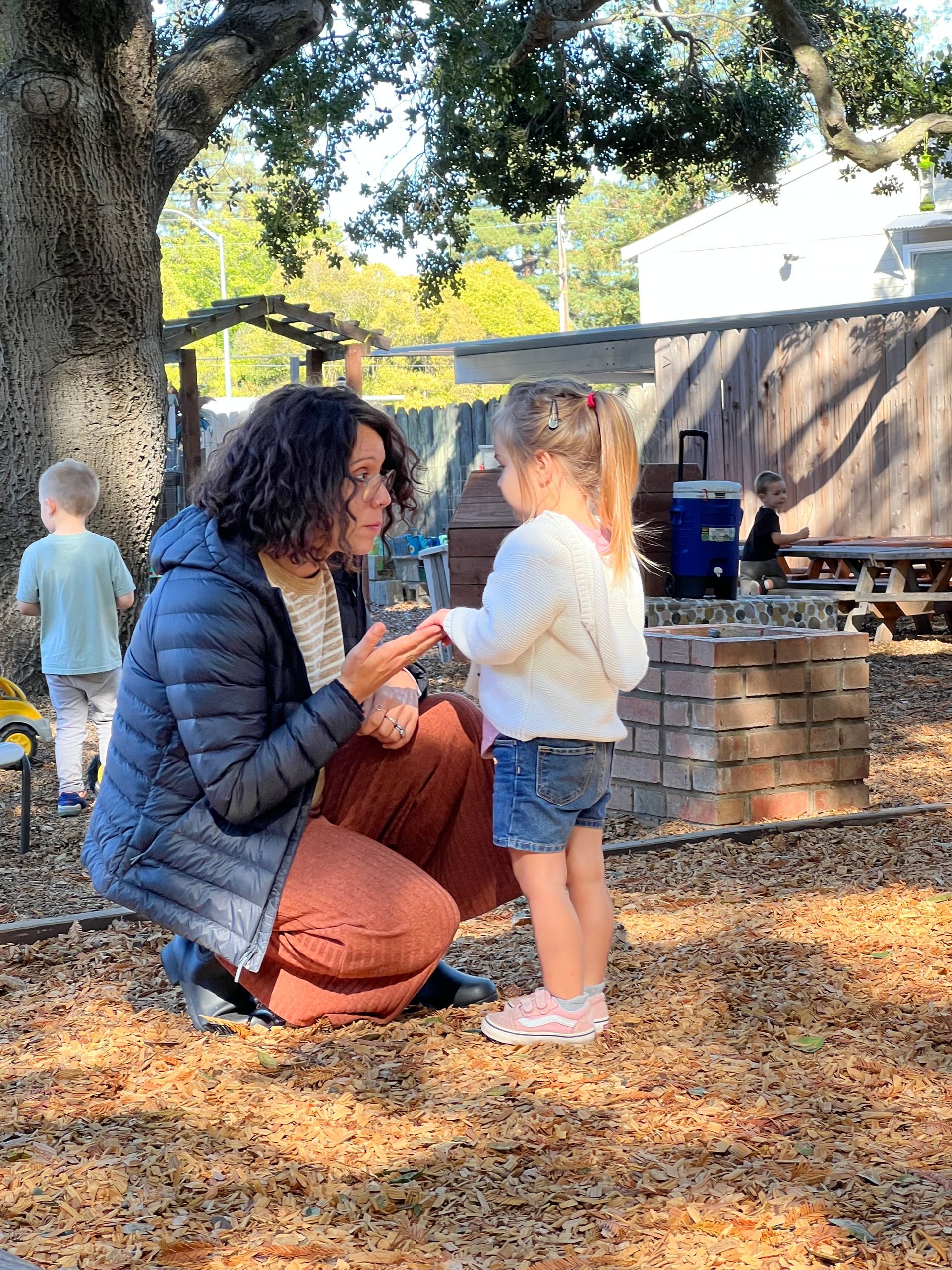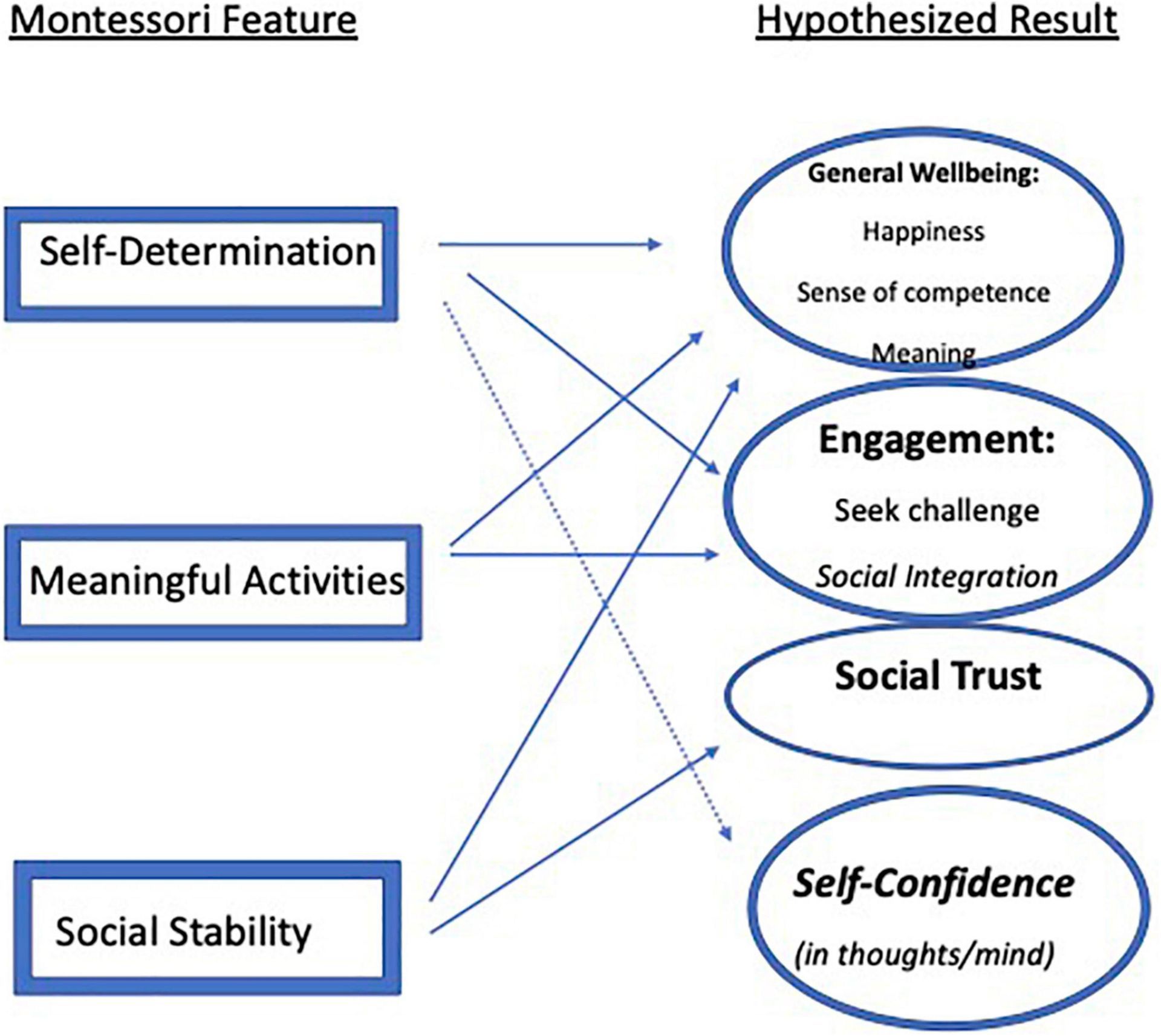
What is Intrinsic Motivation?
Intrinsic motivation is the internal drive that propels us to explore, learn, and achieve without the need for external rewards or recognition. Unlike discipline or motivation that stems from fear or the desire for rewards, intrinsic motivation comes from within. It is fueled by a natural curiosity and the need to explore our surroundings and interests.
In the Montessori philosophy, the environment plays a crucial role in fostering this intrinsic motivation. An environment that promotes concentration, coordination, order, and independence enables children to explore their interests at their own pace. In this approach, the role of the teacher is not to direct, but to guide, observing and facilitating the child's learning process rather than dictating it.
An essential element of Montessori education is the control of error and self-correction—which allows children to learn through exploration and discovery rather than through imposed rewards or corrections. This method respects the child’s ability to work through challenges and develop a deeper understanding, reinforcing their own intrinsic drive to learn.
How to Build Intrinsic Motivation at Home
Fostering intrinsic motivation in children doesn’t have to be limited to the classroom. Here’s how you can encourage it at home:
- Work with the environment: Provide your child with a space where they can freely explore and work on tasks that interest them.
- Encourage independence: Give your child opportunities to perform tasks on their own, from choosing their clothing to setting the table.
- Provide choices: Offering options allows children to feel in control of their decisions, boosting their confidence and motivation.
- Encourage community service: Involvement in activities where they can contribute to their community fosters a sense of belonging and purpose.
- Demonstrate tasks: Show your child how to complete a task and let them follow through, respecting their pace and effort.
Developing Respect and Discipline
While intrinsic motivation focuses on internal drive, it must be paired with respect and discipline to guide your child’s growth. Here’s how to nurture these qualities:
- Patience and respect: Allow children the time and space to work through tasks without rushing them or stepping in prematurely.
- Set clear expectations: Let them know what is expected, both in behavior and effort, without relying on punishments or rewards.
- Avoid external motivation: Steer clear of bribes, rewards, or punishments as a way to control behavior, as these can diminish intrinsic motivation.
- Discuss accomplishments and struggles: Regularly reflect with your child on their successes and the challenges they face.
- Provide authentic feedback: Rather than giving blanket praise, offer constructive feedback that recognizes effort and improvement.
- Work on goals together: Encourage your child to set their own goals, collaborating with them to develop a sense of responsibility.
- Visual progress: Provide tasks where progress can be clearly seen, helping children understand the value of perseverance.
- Respect their pace: Children develop at different speeds—give them the time they need to work through tasks and meet challenges.
Offer Encouragement and Help When Necessary
Knowing when to step in and when to step back is crucial in building intrinsic motivation. Instead of rushing to solve problems for your child, offer choices and guidance while respecting their ability to navigate challenges:
- Respect their independence: Allow them to make decisions and learn from mistakes.
- Offer choices, not control: By giving your child the power to make decisions, you demonstrate respect for their opinions and preferences.
Recognize that Disobedience is Part of Intrinsic Motivation
Independence often brings moments of resistance or disobedience, which are normal parts of child development. When your child refuses to follow directions or insists on doing things their own way, it’s often a sign that they are asserting their independence. This behavior is not always negative; it can be an important step in learning autonomy and self-reliance.
Final Thoughts on Intrinsic Motivation
Fostering intrinsic motivation in children is a gradual process that requires patience, respect, and understanding. By creating an environment that encourages independence and curiosity, offering choices, and focusing on internal drive rather than external rewards, parents and educators can nurture a lifelong love of learning in children. The Montessori approach serves as a valuable framework, emphasizing the child's natural development and autonomy while guiding them toward discipline and respect.
By working with your child’s pace, celebrating their accomplishments, and offering support when necessary, you can cultivate a strong sense of intrinsic motivation that will benefit them throughout their life.


